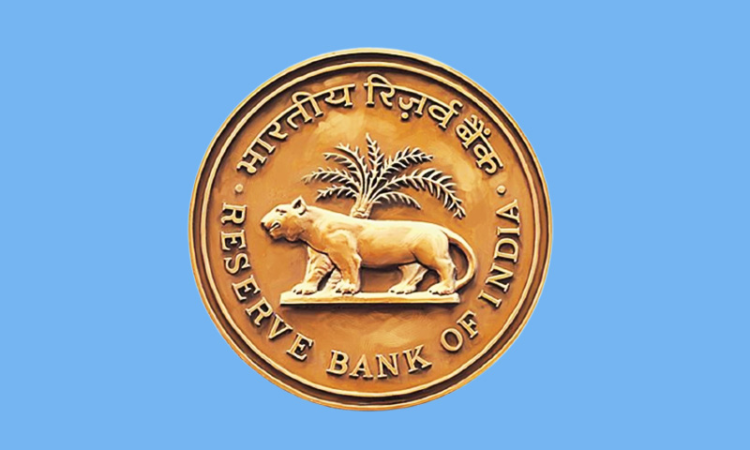The Dilemma Around Round Tripping
Pritha Jha and Mamta Jain
14 Dec 2022 1:43 PM IST

Until very recently, the regulatory approach in India was to restrict foreign investments made in India through "round tripping". The concept of "round tripping" has not been defined or laid down in any laws in India. As a concept, round tripping occurs when money circles back to the country of origin from where the investment was initially made.
For e.g., an individual sets up a company overseas, and that company proceeds to make acquisitions in India. Such investments were largely driven by tax considerations and the resultant benefits to the Indian party making the investment, depending on the jurisdiction being used for the overseas entity. While this may sound simple enough, Indian parties have been known to set up a maze of investments overseas that would largely be impossible to track, before routing the money back to India.
For the above reason, investments which involved round tripping were not allowed without government approval. If the RBI comes across such investments, notices will be issued to the relevant Indian parties to unwind the structure and pay the relevant penalty.
"Round tripping" was not defined in any legislation. However, by way of an FAQ issued in May 2019, a blanket ban was imposed on any investment made by an Indian party outside India, with the objective of routing the money back to India. Foreign direct investment (FDI) through Overseas direct investment (ODI) was not considered bona fide business activity.
The primary reasons for prohibition of round tripping in India was to restrict the money routed out to tax havens for tax avoidance and evasion purposes. Countries like Mauritius, Switzerland, Cayman Island are considered to be tax havens and thus, became a hub for the creation of shell companies in which Indians made "investments" and routed the proceeds from such investments back to India, claiming tax concessions.
RBI therefore over time restricted investments from Foreign Action Task Force (FATF) non-compliant jurisdictions including investments in NBFCs[1] and Payment Systems Operations[2]. FATF now periodically identifies jurisdictions with none or minimal measures to combat money laundering and terrorist financing.
In 2019 a report was issued by the High-Level Advisory Group[3] (HLAG), constituted by the Ministry of Commerce and Industry of the Indian Government, to assess the global environment and make recommendations for boosting India's share and increasing importance in global merchandise and services trade. The HLAG in its recommendation while dealing with the issues related to round tripping laid down that "the baggage of round tripping cannot be used to stifle a major sector any more than using the risk of a traffic accident to stop construction of a key highway". Recommendations were made in the Report for amending the law to introduce the aspect of round tripping in the Indian regulatory framework.
Therefore, the strict approach followed by the RBI until now has been liberalized with a view to facilitate the ease of doing business. With the advent of a new law for overseas investments, RBI has now stated that no financial commitment in a foreign entity is permitted which has invested or invests into India either directly or indirectly, resulting in a structure with more than two layers of subsidiaries.
An important points to note is that the term subsidiary is different from what is understood in normal parlance. The term 'Subsidiary' is defined in the new ODI rules as a foreign entity having "Control". Control in turn entails situations when the entity(ies) being considered have control over the management or a right of more than 10% in the said subsidiary. Why the threshold for determining 2 layers is so low, or why the layering has been restricted to only 2 levels has not been answered in the regulations.
What does this entail for India and the investors making investments in India through such structures? This will allow FDI inflows from group companies with multi-jurisdictionally operational entities having overseas investment and is definitely a welcome move for the multi-national corporations doing business in multiple different jurisdictions.
While the counting of layers has not been clarified in the regulations themselves, authorized dealer banks have through informal conversations with the RBI stated that for the layering aspect of round tripping, the first foreign subsidiary will be considered the first layer. Such foreign entity having further investment with control in the management in another company overseas would qualify as the second layer as per the new regulations. This second subsidiary is allowed to make investments in India. Companies up till these two layers do not need to seek any approval from the RBI. However, beyond that, any investment made by the entity in any other company will not be allowed to make investments in India without prior approval from the RBI.
There are others however, who have a different perspective on the regulations though. According to them, the layering should be counted from the first level of investment. If this be the case, only one subsidiary can be set up overseas before that entity invests into India. In time, the RBI will need to clarify how the layers should be counted.
Given there are still restrictions around amount of investment, percentage of investment and number of layers, it remains to be seen whether there will be any takers in the market for the adoption of such structure.
Pritha Jha (Partner) and Mamta Jain (Associate) at Pioneer Legal. Views are personal.


